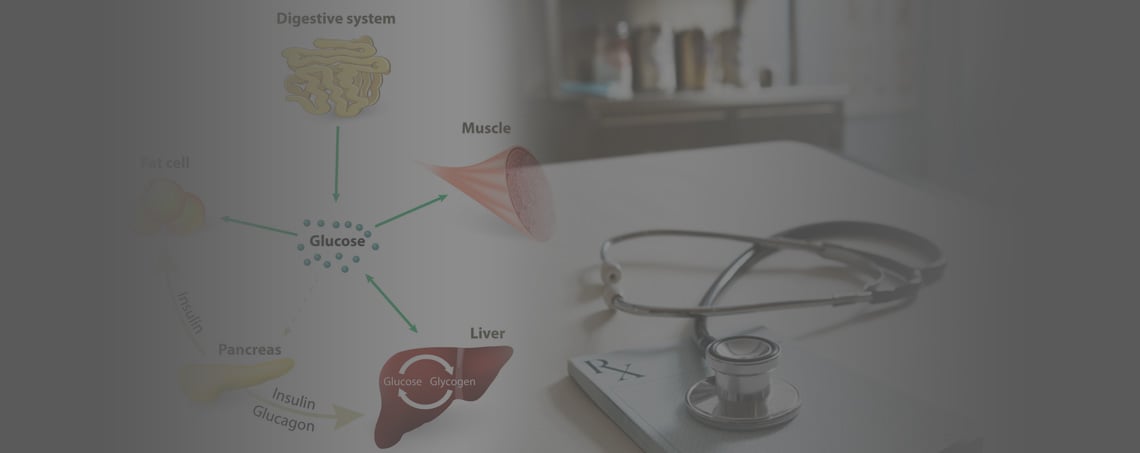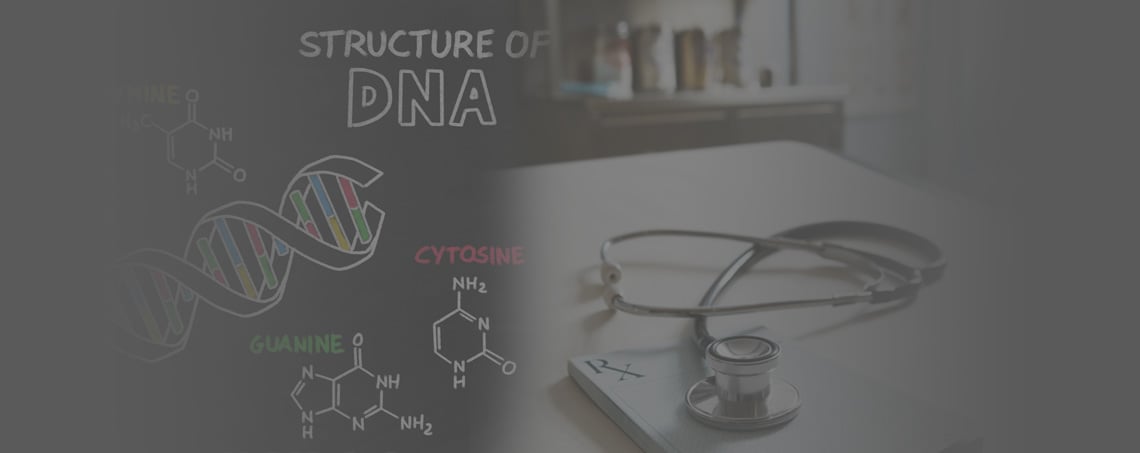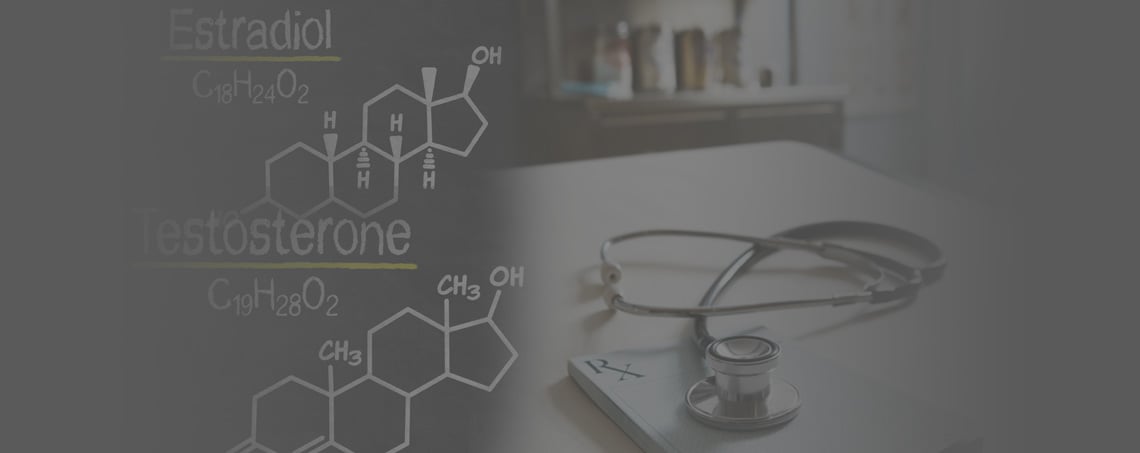Understanding Cholesterol Numbers and Their Effects
Understanding Cholesterol numbers is important because it is the most common test done to assess your risk for cardiovascular disease and heart health. However many times the numbers measured are not giving an accurate reflection of cholesterol and therefor misleading you about your cardiovascular disease risk and use of cholesterol medications.
I want to help you understand your cholesterol numbers because cardiovascular disease is the leading cause of death. These numbers are commonly confused and misunderstood and getting clarity on this will help you measure the right things and reduce your cardiovascular disease risk.
To help you understand your cholesterol numbers we need to know what cholesterol is, what tests are used to measure it, and what these measurements mean. We also want to look at why we measure cholesterol to begin with? And lastly what is the most accurate way to evaluate cholesterol and risk for CVD?
Understanding Cholesterol Numbers: What is cholesterol?
Cholesterol is a waxy fat like substance that is an essential part of your normal and health biochemistry. For instance, the cells that make up the tissues of your body are comprised of and differentiated from one another by cell membranes. These cell membranes are made up of cholesterol and other similar fatty molecules called phospholipids. Cholesterol also plays an important role as the foundation of all hormone production.

The problems from too much cholesterol occur when the cholesterol molecules are oxidized or damaged by various inflammation sources. Once oxidized it contributes to plaque build up. If we can control and or reduce the inflammation and oxidation, higher levels of cholesterol would probably have little to no effect on our cardiovascular system. I am not going to get into too much detail on that here but the problem with inflammation is in how to accurately measure it. Cholesterol on the other hand can be measured very accurately and should be done as high levels can clearly increase your risk for cardiovascular disease. I recommending checking this in conjunction with the inflammatory markers we do have like hsCRP.
How Do We Measure Cholesterol and Why?
The why was mentioned above for cardiovascular disease risk so let's address the how.
The most common test for cholesterol is a total cholesterol. This test is measured in a weight with the units mg/dl. The total cholesterol when really high (over 300) can tell us that you have a problem with too much cholesterol production. Very few people have such high total cholesterol, however. Even if many of your family members are being treated for high cholesterol they likely do not have genetically high cholesterol (familial hypercholesterolemia) as this is very rare condition. Most high cholesterol numbers can be significantly modified by lifestyle changes.
Typically total cholesterol is not that great of a test because not all cholesterol is bad. As mentioned above cholesterol plays a vital role in many functions in our body. So to understand your cholesterol numbers the first thing you want to do is get a breakdown of your cholesterol (known as lipoprotein particles) .
These are:
- HDL
- Triglycerides
- LDL
- VLDL
HDL also known as good cholesterol normals for women are about 45 mg/dl and for men are above 40 mg/dl.
Triglycerides often influenced by diabetes and insulin resistance should be less than 150-130 mg/dl are considered normal.
LDL also know as bad cholesterol is less than 130 mg/dl or some labs suggest less than 100 mg/dl but really it should be based on your risk for cardiovascular event. This is based on your family and your personal history of cardiovascular disease. For family it is a primary family member like dad with cardiascular event (like myocardial infarction, stroke, bypass, etc) at an age earlier than age 55 or mom earlier than age 60.
VLDL levels are worse than LDL and typically less than 25 mg/dl is normal.
A Closer Look at the Cholesterol Numbers
Now you may have high total cholesterol like above 200 mg/dl but your good cholesterol (HDL) is above normal like 60 mg/dl. In this case the higher HDL counteracts or reduces the risk of all the other damaging cholesterol molecules. So for instance, if you have 130 mg/dl LDL and 60 mg/dl HDL the risk for your cardiovascular health is not that high since your ratio is good. If on the other hand your LDL is 130 mg/dl and your HDL is 30 mg/dl your likely not in very good shape. These are just examples and I don’t want to over simplify it. The main point I want to get across is that the the individual lipoprotein numbers (HDL, LDL, etc) are important.
Knowing the lipoprotein numbers are important but this still is not the best way to measure your cholesterol.
What Is the Best Way to Measure Cholesterol Numbers?
Understanding your cholesterol numbers is best done by getting a breakdown of your lipoprotein particle count. Usually we talk about this in the context of LDL particles. So we will focus on LDL. Now the more common test is measuring a weight in mg/dl. So your LDL cholesterol may be like 130 mg/dl. That 130 mg/dl may have, say 1000 (arbitrary number) particles or 100 particles. If you have 1000 particles that is 10 times more risky than the 100 particles.
This is partially influenced by the size as well. The larger the size the less the risk and the less particles. So you may have LDL cholesterol of 130 mg/dl which is a moderate number but you may have very few particles, say less than 1100 particles. If you have less than 1100 that means the particles are probably larger and there is very little risk. If on the other hand your particle number is above 1400 there is very high risk. I typically use this type of testing in people that have higher cardiovascular risk based on family history or sometimes in people that are otherwise health but have higher LDL.
Keep in mind the main things we are trying to determine is what is your risk of a cardiovascular event. Family and personal history are important, inflammation is important, other lab values are important, and so is cholesterol partial numbers.
I hope this information was useful in helping you better understand your cholesterol numbers. There are many other topics around understanding cholesterol numbers that I did not cover like the different cholesterol ratios, genetic influencers on cholesterol, APOE gene mutations, inflammation, and dietary influences on cholesterol. If you want a customized assessment of your cardiovascular risk and ways to reduce your risks, click on the link below.

















